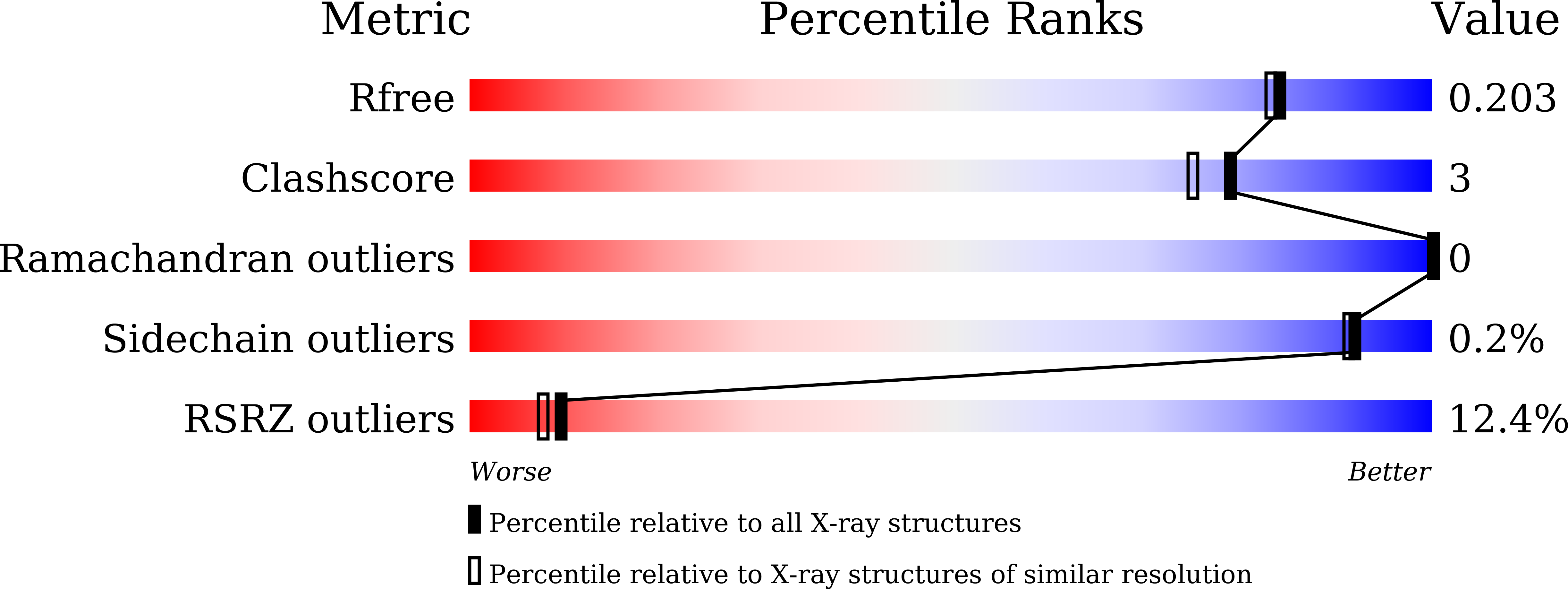
Deposition Date
2024-02-07
Release Date
2024-12-18
Last Version Date
2024-12-18
Entry Detail
Biological Source:
Source Organism:
Bombyx mori cypovirus 1 (Taxon ID: 110829)
Host Organism:
Method Details:
Experimental Method:
Resolution:
1.80 Å
R-Value Free:
0.20
R-Value Work:
0.18
R-Value Observed:
0.18
Space Group:
P 21 21 21


